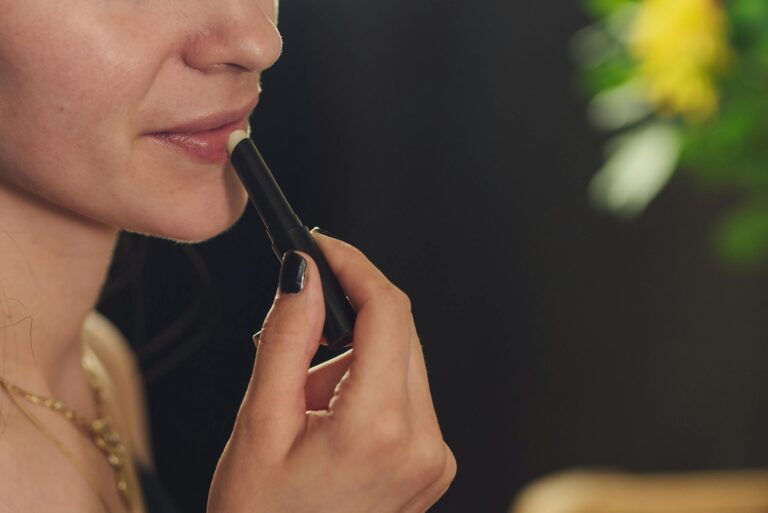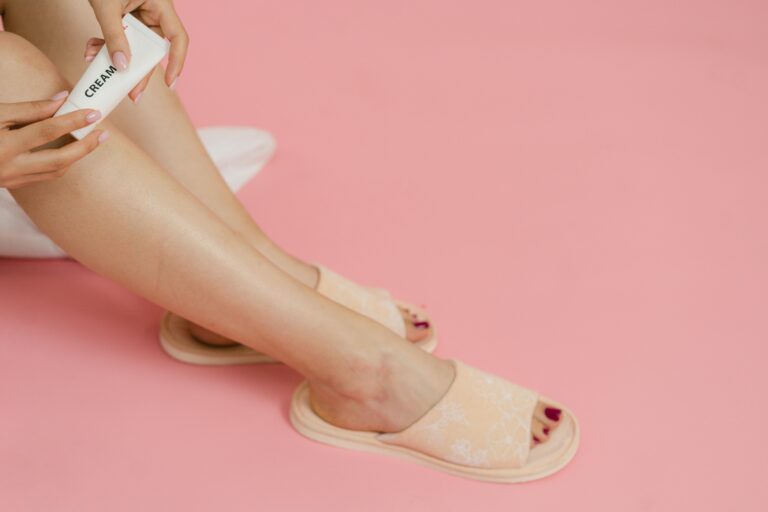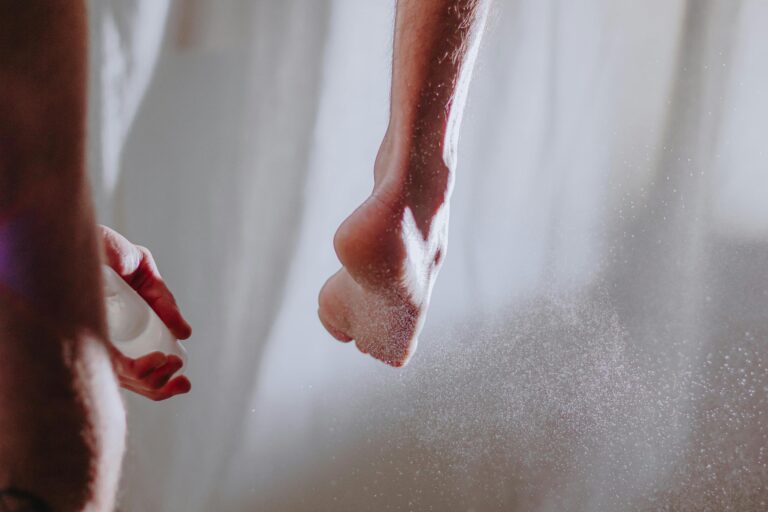Regular nail care results in healthy nails that you may wear to work or out on the town with pride. Your nail care regimen may be easy and low-cost. In fact, vigorous nail cleaning and maintenance may put your ordinarily strong nails at risk for yeast or bacterial infections.
We all want healthy, perfectly manicured nails, whether you’re the sort of person who routinely paints your nails as a form of self-care or someone who is always picking and chewing at your cuticles.
If you follow these five easy techniques, you won’t need regular manicures to keep your nails looking excellent.
What Helps Keep Your Nails Strong?
1. Minimize Manicures
Maintain healthy nails by keeping manicures simple. Save a few bucks. Go in, get your nail paint removed, have your nails shaped, get a new coat, and be done with it.
Skip the artificial nails, which may lead to further infections, and be mindful that the UV light used to attach solar nails can cause skin cancer. Wear sunscreen on your hands if you are going to expose them to sunlight.
2. Keep the Nails Clean and Trimmed
Most women put themselves in danger of infection by cleaning beneath their nails with long, sharp instruments, both at home and during manicures.
Women or manicurists work so hard to clean beneath the nail that they end up with a type of gap between the nail and the nail bed. This kind of intensive nail care invites bacterial or fungal diseases. Instead, for healthy nails, gently clean them with an old-fashioned nail brush.
The current tendency is to have neater, more natural-looking, shorter nails than the past’s long talons. Regular nail trimming helps to keep your nails healthy and prevents them from snagging or breaking.
The frequency with which you cut your nails is determined by how quickly they grow. Smooth the edges of your nails using a fine file. You may also softly buff the surface of your nails as part of regular manicures, particularly if you have ridges.
3. Moisturize Cuticles
Recognize your cuticles to be the protective layer for your nails. You may harm them by cutting them back too much or pushing them around too forcefully. As a result, your nail bed is vulnerable to infection.
Hydrating cuticles and avoiding pushing them back or clipping them at all, even during a professional manicure, is part of routine nail care to preserve healthy nails.
Keep an eye out for indications of infection, including redness, discomfort, swelling, and even pus in your cuticles and surrounding skin. Consult a doctor for assistance in managing any infection.
4. Use Gloves When Cleaning
Immersing your hands in hot, soapy water to wash dishes may damage even the strongest nails, mostly because the procedure dries them out along with the rest of your skin.
Wearing gloves while scrubbing is recommended for protective nail care. Interestingly, swimmers who are typically submerged in colder water do not seem to face the same type of threat to their strong nails.
5. Consider Biotin
You don’t need any dietary supplements to have strong nails if you consume a healthy, diversified diet. On the other hand, people with weak nails may benefit from extra biotin, a B vitamin. Biotin has been demonstrated to aid with nail strengthening and growth.
Other Tips
- Minimize exposure to water
- Stay hydrated
- Give your nails a break from polish
- Be careful about the products you use



